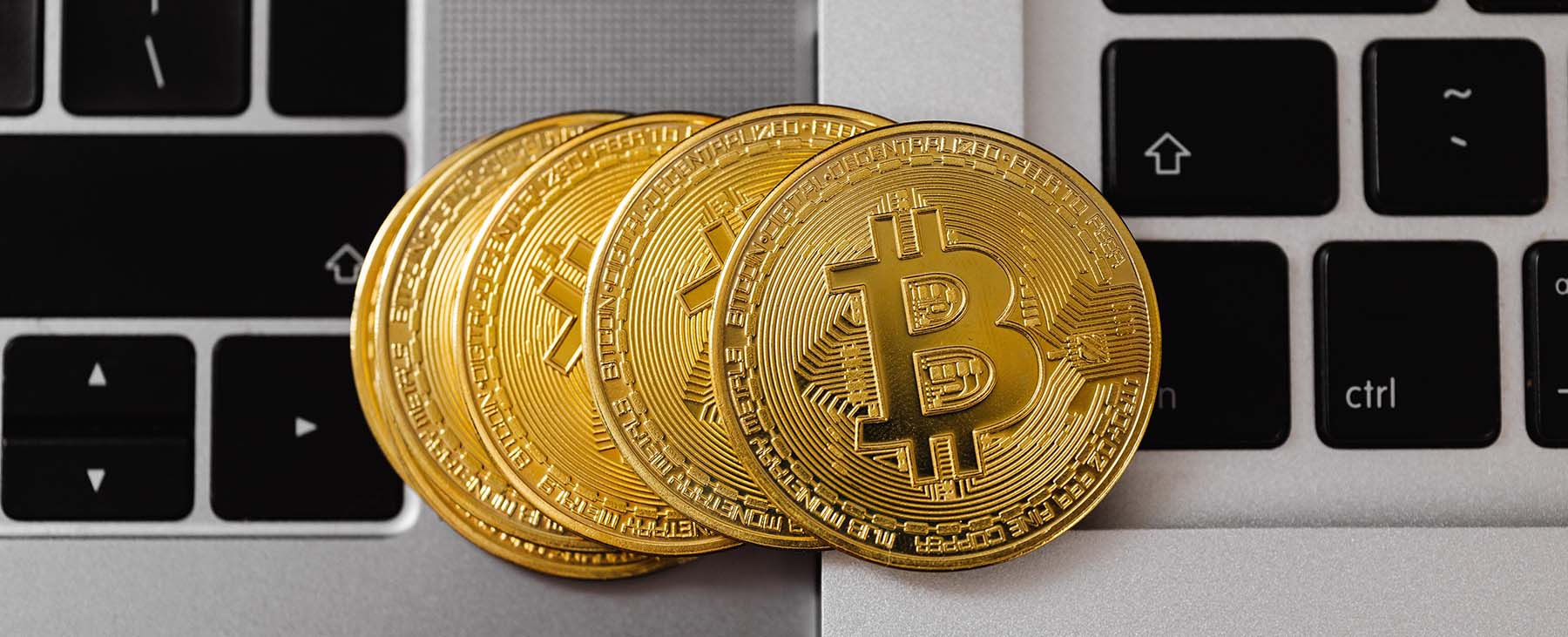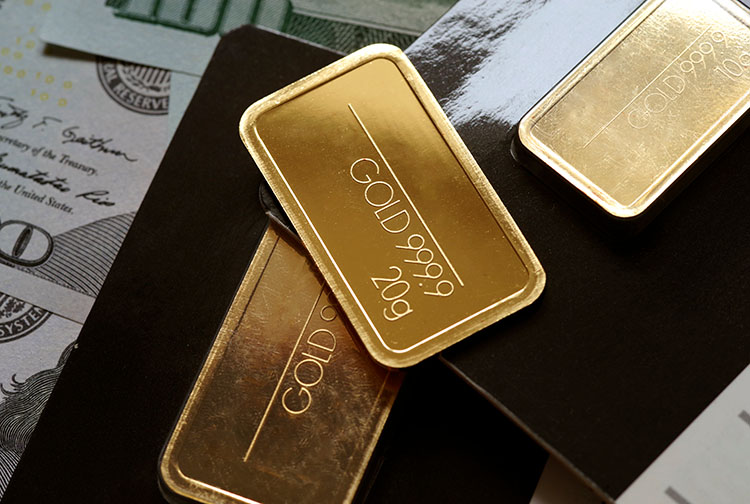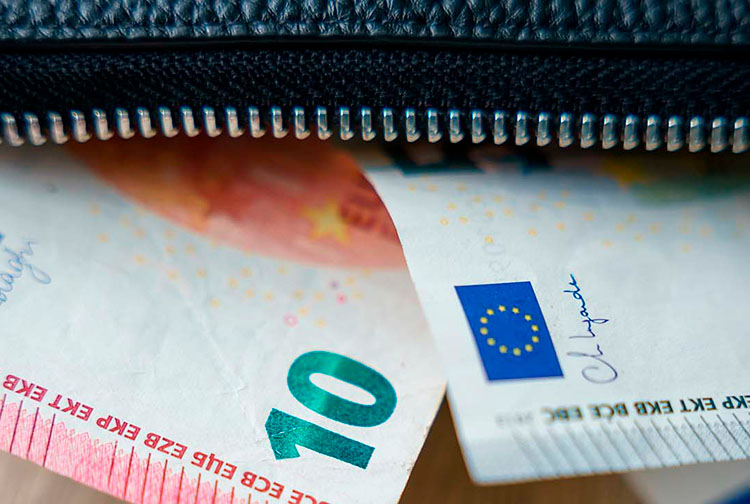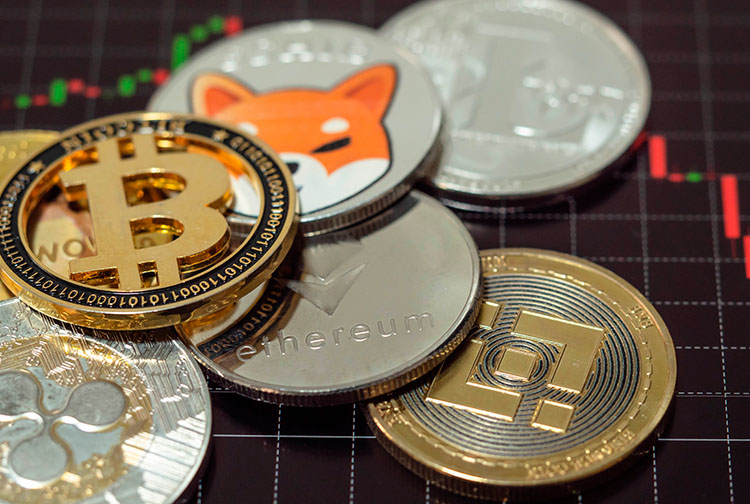

Which assets are considered to be stores of value?
Deposits of value are assets, currencies, and commodities that do not devalue over time. Gold and other precious metals have historically been the ultimate stores of value, while in recent decades the major shortcomings of fiat currencies have become apparent.
As Investopedia notes, “a store of value is essentially an asset, commodity, or currency that can be saved, retrieved and exchanged in the future without deterioration in value” when we exchange it for goods or services: if it is worth ten apples today, we should eventually be able to exchange it for at least ten apples anytime in the future.
Gold and other precious metals have been considered throughout history as the quintessential stores of value because they have a virtually unlimited lifetime. And, if we look at the evolution of gold prices over the last decades, we see that an ounce has gone from trading below $300 when the euro came into circulation in 2002 to over $1,900 today.
On the other extreme, perishable commodities such as apples are lousy stores of value because they decompose within days and lose all their value. Although certain commodities, such as those in the food sector, may temporarily rise in price depending on the market situation, their perishable nature prevents them from being considered stores of value.
Modern money fails as a store of value
Obviously, the euro and other fiat currencies are very poor stores of value because they do not appreciate in value at the same rate as the products and services they are used to purchasing. Although our currencies should be a reasonably stable store of value, inflation means that the coffee we used to buy in a bar for one euro a few years ago now costs us considerably more. Our money is depreciating by the day.
Richard Nixon put an end to the gold standard in 1971, which until then obliged the countries of the International Monetary Fund (IMF) to maintain a fixed exchange rate against the dollar and the US Federal Reserve to back its currency with gold. Since then, we have been using fiat currencies, i.e. currencies that are legal tender but are not backed by any valuable asset. All central banks can manufacture money as they see fit, and their only collateral is the trust of the public.
Logically, if the amount of money in circulation increases at a higher rate than the goods and services that can be purchased with it, the imbalance between supply and demand causes prices to rise. Therefore, our money is devalued.
A reasonably stable currency is essential for a healthy economy. A poorly functioning monetary unit as a store of value discourages saving and hinders trade. Its ill effects are obvious if we have a look at the cases of hyperinflation that some countries have experienced throughout history.
Precious metals as a safe haven
For more than two millennia, many economies have used gold and other precious metals as an exchange currency because of their durability, relative scarcity and ease of transport. Moreover, in recent decades gold has played an important role as a safe haven asset. Its demand has tended to soar in times of economic uncertainty, as evidenced by last year’s data, the highest demand since 2011. Gold’s long experience attests to its ability to serve as a long-term store of value.
In general, other assets such as real estate, works of art, antiques and certain collectables have also shown that they can play this role. Although their value may fall at times, they tend to appreciate in value over the long term, thanks to more or less constant demand and a very limited supply.
Their major disadvantage compared to gold is that they are very illiquid assets: it is difficult to sell them immediately if we want to do so for a reasonable price. Moreover, these markets require a good deal of knowledge and suffer particularly in economic downturns, when there is a greater tendency to turn to stores of value.
What about crypto-assets?
It is more difficult to assess whether crypto-assets will ever be considered stores of value, as they are too new. It is true that bitcoin is based on the principle of scarcity, a characteristic of stores of value: a limited number of bitcoins are generated each year and there is a predetermined cap. However, like so many other crypto-assets, its major drawback is that it has no intrinsic value. Almost all of its value is currently subjective, which is fertile ground for volatility.
However, as bitcoin becomes widely accepted as a means of payment and is used in an increasing number of transactions, its value will strengthen and the likelihood of it becoming a long-term store of value, beyond occasional volatility, will increase.
If you want to discover the best option to protect your savings, enter Preciosos 11Onze. We will help you buy at the best price the safe-haven asset par excellence: physical gold.
Leave a Reply
You must be logged in to post a comment.





Moltes gràcies per aquest article
Moltes gràcies a tu, Manel, per ser-hi i per seguir-nos!!!
Gràcies! Un article molt interessant
Moltes gràcies a tu, Joan, per ser-hi i per seguir-nos!!!
Cert, molt bona opció aquesta de comprar
or per lluitar contra la inflació. Ara encara que no arriba al nivell de l’or però, sembla q funciona el tema dels bons de deute de l’estat q diuen q et garanteix un 3%, potser?🤔
Sí, Jordi. La rendibilitat ronda la xifra que dius. Però cal tenir en compte que, a Espanya, els Bons són a 2, 3 i 5 anys vista i que, a més, el Banc d’Espanya et cobra una comissió (que és encara molt superior si els compres en una entitat financera).
Amb la compravenda d’or, a nivell d’aficionat, potser no et faràs ric, però és una bona manera de tenir un coixí.
La gran ventatja que té, com molt bé s’apunta a l’article, és la facilitat per vendre’l.
Durant la darrera crisi viscuda abans de la pandèmia, la venda de joies va servir a més d’ un per sortir de la fanguera en moments puntuals.
Ara bé, amb les joies compres or, ma d’obra, valor afegit artístic i un marge comercial elevat; per contra, vens només or.
Més val doncs, comprar primera matèria sense afegits i vendre-la com a tal. Comprar or i vendre or.
Molt bona observacio Merce, les joies tenen un valor afegit que normalment guanya a llarg termini per l’afecte que en tenim. Res a veure, com actiu guanya l’or, a seques.